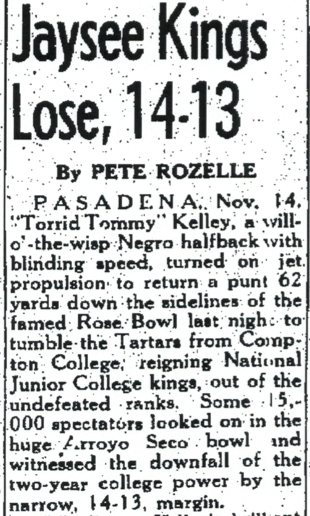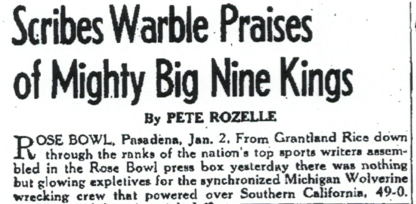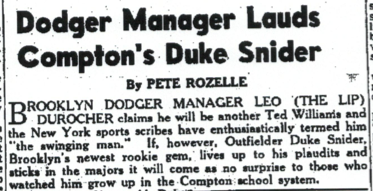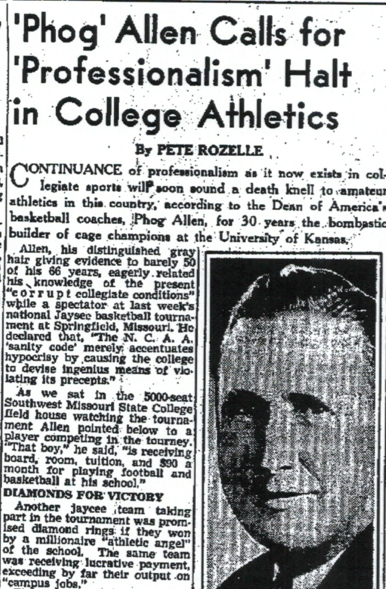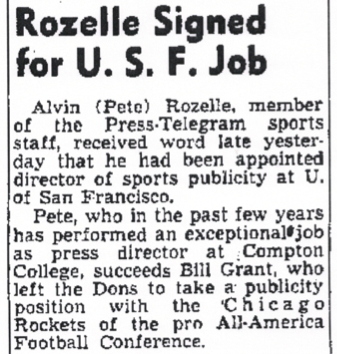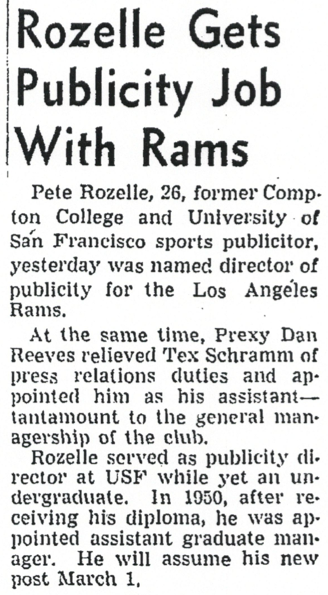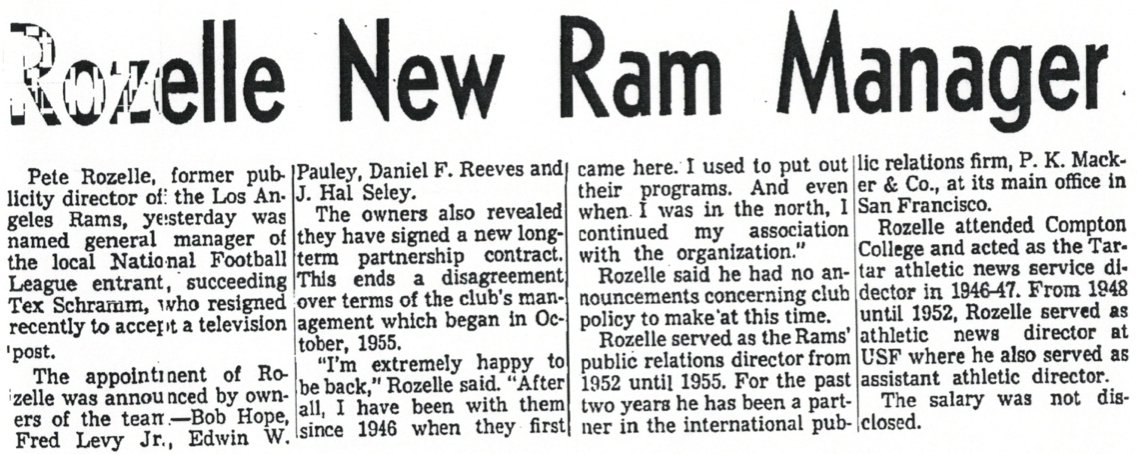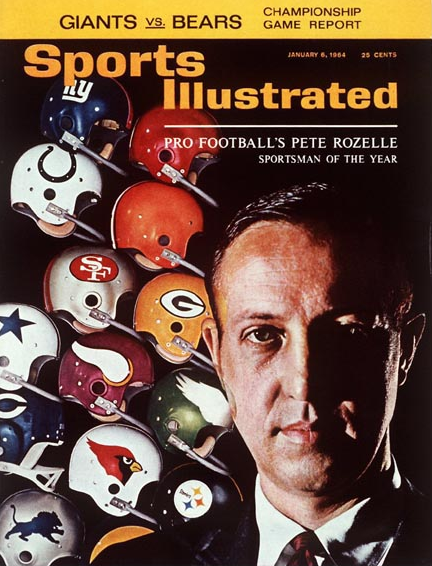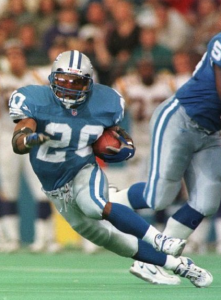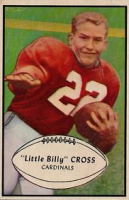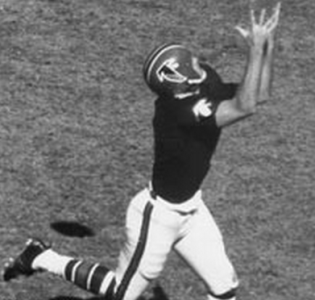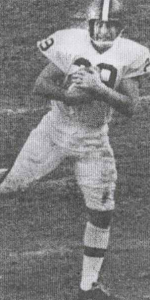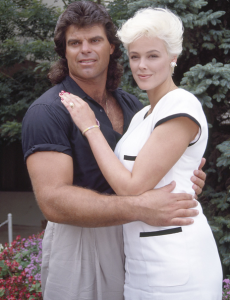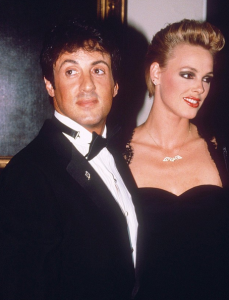A wide receiver who can throw the ball. What football coach wouldn’t want one of those? In Mohamed Sanu, the Bengals have one of the best ever — and we’re not prone to historical hyperbole around here.
Sanu is in just his third season, so it might seem early to be making such pronouncements. But his stats say otherwise. After his 50-yard strike to Brandon Tate in a Week 3 win over the Falcons, the numbers look like this: 3 attempts, 3 completions, 148 yards, 1 touchdown, 158.3 rating. (That’s as high, of course, as ratings get.)
Put it this way: Only two wideouts in NFL history have thrown for more yards than Sanu, and both played a lot longer than he has. Heck, a mere nine have thrown for as many as 100 yards. The group Sanu has joined:
WIDE RECEIVERS WITH 100 CAREER PASSING YARDS
[table]
Years,Wideout,Team(s),Att,Comp,Yds,TD,Int,Rating
2002-10,Antwaan Randle El,Steelers\, Redskins,27,22,323,6,0,156.1
1973-83,Drew Pearson,Cowboys,7,5,192,3,2,113.7
2012-14,Mohamed Sanu,Bengals,3,3,148,1,0,158.3
1952-59,Bill McColl,Bears,6,2,138,1,2,81.9
1999-09,Marty Booker,Bears\, Dolphins,10,3,126,2,0,118.7
1992-96,Arthur Marshall,Broncos,2,2,111,2,0,158.3
1969-76,Marlin Briscoe,Bills\, Dolphins\, Lions,9,4,108,0,1,49.5
1998-12,Randy Moss,Vikings,8,4,106,2,1,95.8
1981-92,Jim Jensen,Dolphins,7,4,102,2,0,141.4
[/table]
Note: A team is only listed if the receiver threw a pass for it. Briscoe broke in as a quarterback with the Broncos, so only his passing statistics as a wideout are included.
One player who isn’t on the list is Hall of Fame end Bill Hewitt, who tossed three TD passes for the Bears — all in the 1933 season. The play Hewitt ran was dubbed the Stinky Special, not because George Halas was a stinker to call it but because Stinky was Bill’s nickname.
Years ago, I asked Ray Nolting, a teammate of Hewitt’s, where the nickname came from. “If we won a ballgame,” he told me, “he’d wear the same jockstrap until we got beat. Wouldn’t wash it. Our
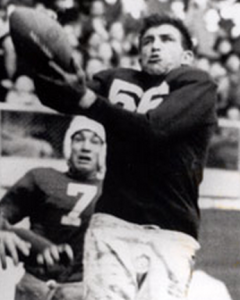
Helmetless Bill Hewitt
trainer, Andy Lotshaw, would complain about how much he smelled. One time we were on a six-game winning streak, and Bill hopped up on the trainer’s table on Monday and asked Andy for a rubdown. ‘OK,’ Andy said, ‘turn over.’ So Bill turned over, and Andy took the scissors and cut the jockstrap off. Boy, was Bill mad. He chased Andy all around the locker room. Busted our luck, too. We lost the next one.”
Hewitt also was famous for playing without a helmet, as you can see in the accompanying photo.
Getting back to Sanu, he’s a natural for such trickery because he was an option quarterback in high school and, when he wasn’t catching passes Rutgers, ran coach Greg Schiano’s wildcat offense. “As a receiver, defenses can do things to take you out of the game if they want to,” Schiano said in 2009. “By putting him in the wildcat, we know he’s getting the touch. He may hand off to somebody, but when we want him to keep it, he’s keeping it.”
The Bengals have gotten the ball to Sanu a variety of ways. The first time he threw it, in his second NFL game, he gave the defense a wildcat look by lining up in the shotgun, then faked to running back BenJarvus Green-Ellis and fired a 73-yard touchdown pass to A.J. Green. Redskins DBs DeAngelo Hall (23) and DeJon Gomes (24) are still wondering what happened. You can watch the video here.
On his second attempt, Sanu was flanked wide left. He caught a lateral pass from Andy Dalton and completed a perfect cross-field throw to running back Giovani Bernard down the right sideline. The play set up his own 6-yard TD grab that put the Bengals ahead to stay against the Browns. You can watch that video here.
On attempt No. 3, Sanu again lined up left (though not as wide), took an end-around pitch from Dalton and hit Tate in stride along the right sideline. Another QB-quality heave. You can watch that video here.
(Sorry for the commercials. The NFL must need the dough for its defense fund.)
People would probably be more excited about this — well, some people would probably be more excited about this — if Sanu weren’t following so closely on the heels of Randle El, the gold standard among Throwing Receivers. Randle El, you may recall, was a dual-threat quarterback for Cam Cameron at Indiana. If you look at his NFL passing stats (27 attempts, etc.) they’re kind of what a QB might put up in a game — a really, really good game. Indeed, only three times since 1960 has a quarterback had that good a game: at least 6 TD passes and a rating of 156.1.
QUARTERBACKS WITH 6 TD PASSES. 156.1+ RATING IN A GAME SINCE 1960
[table]
Date,Quarterback\, Team,Opponent,Att,Comp,Yds,TD,Int,Rating
9-28-03,Peyton Manning\, Colts,Saints,25,20,314,6,0,158.3
10-21-07,Tom Brady\, Patriots,Dolphins,25,21,354,6,0,158.3
11-3-13,Nick Foles\, Eagles,Raiders,28,22,406,7,0,158.3
Career,Antwaan Randle El\, Steelers/Redskins,All,27,22,323,6,0,156.1
[/table]
That’s how terrific a passer Randle El was. But let’s not forget: For Sanu, the future is not written.
Someday he might even catch a touchdown pass and throw one in the same game. (He came close Sunday with his 76-yard scoring reception and 50-yard completion.) The last 10 receivers to accomplish the feat (which takes us back to 1983):
THE LAST 10 RECEIVERS WITH A TD CATCH AND A TD PASS IN THE SAME GAME
[table]
Date,Wideout\, Team,Opponent,TD catch (Yds\, QB),TD pass (Yds\, Receiver)
11-11-12,Golden Tate\, Seahawks,Jets,38 from Russell Wilson,23 to Sidney Rice
11-30-08,Mark Clayton\, Ravens,Bengals,70 from Joe Flacco,32 to Derrick Mason
12-18-04,Antwaan Randle El\, Steelers,Giants,35 from Roethlisberger,10 to Vernon Haynes
11-9-03,Rod Gardner\, Redskins,Seahawks,14 from Patrick Ramsey, 10 to Trung Canidate
10-06-02,Kevin Lockett\, Redskins,Titans,23 from Patrick Ramsey,14 to Stephen Davis
10-21-01,David Patten\, Patriots,Colts,91 from Tom Brady,60 to Troy Brown
10-7-01,Marty Booker\, Bears,Falcons,63 from Jim Miller,34 to Marcus Robinson
11-13-88,Louis Lipps\, Steelers,Eagles,89 from Bubby Brister,13 to Merrill Hoge
10-30-83,Harold Carmichael\, Eagles,Colts,6 from Ron Jaworski,45 to Mike Quick
10-9-83,Mark Clayton\, Dolphins,Bills,14 from Dan Marino,48 to Mark Duper
[/table]
Source: pro-football-reference.com
 And finally, here’s ubiquitous Pete reporting on high school football — reporting, in fact, on his alma mater:
And finally, here’s ubiquitous Pete reporting on high school football — reporting, in fact, on his alma mater:
